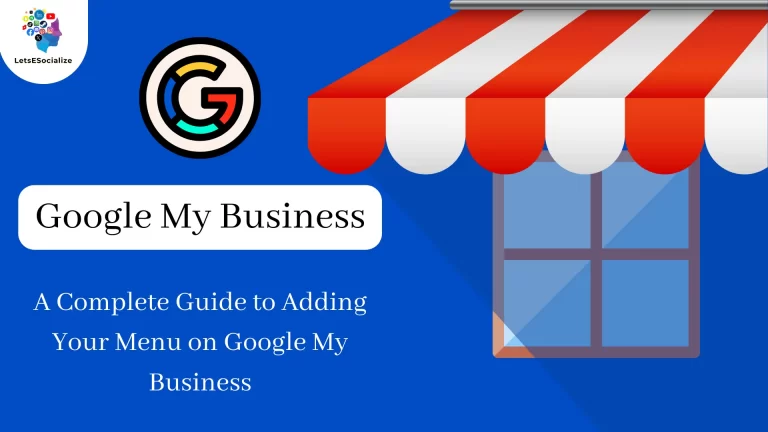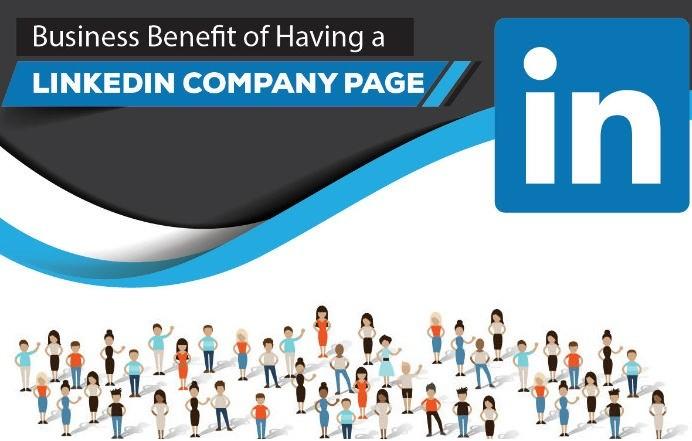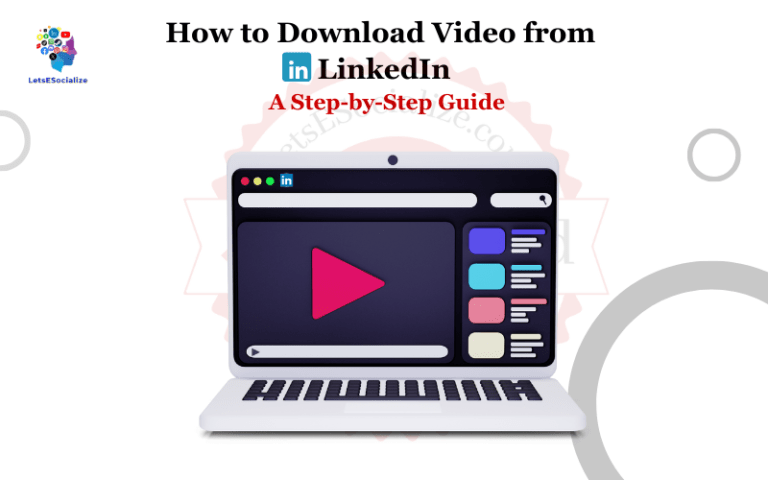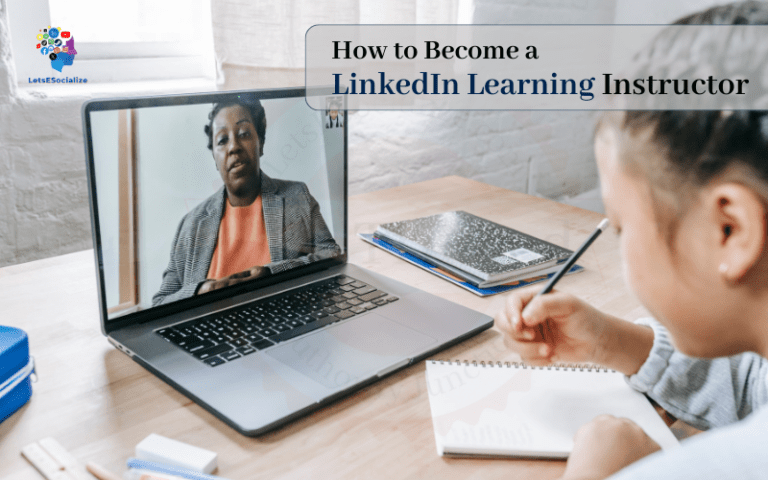LinkedIn, the leading professional networking platform, has made a significant move by LinkedIn Launches MBA Rankings first ever. This exciting initiative marks a shift in perspective, prioritizing career outcomes over the traditional criteria used by other ranking systems.
By focusing on real-world career success as the primary metric, LinkedIn aims to provide prospective students with a more practical and relevant tool for evaluating MBA programs. The rankings will likely generate buzz and spark discussions within the educational space.
This introduction sets the stage for further exploration into the details of the rankings, their methodology, and the potential impact on both business schools and aspiring MBA students. Stay tuned for more information as we delve deeper into this new and potentially influential ranking system.
Table of Contents
Ranking Methodology
LinkedIn uses a multi-factor ranking algorithm to determine the order in which profiles and content appear in search results and feeds. The exact details of the algorithm are not publicly disclosed, but here is what we know about the key factors that influence your ranking:
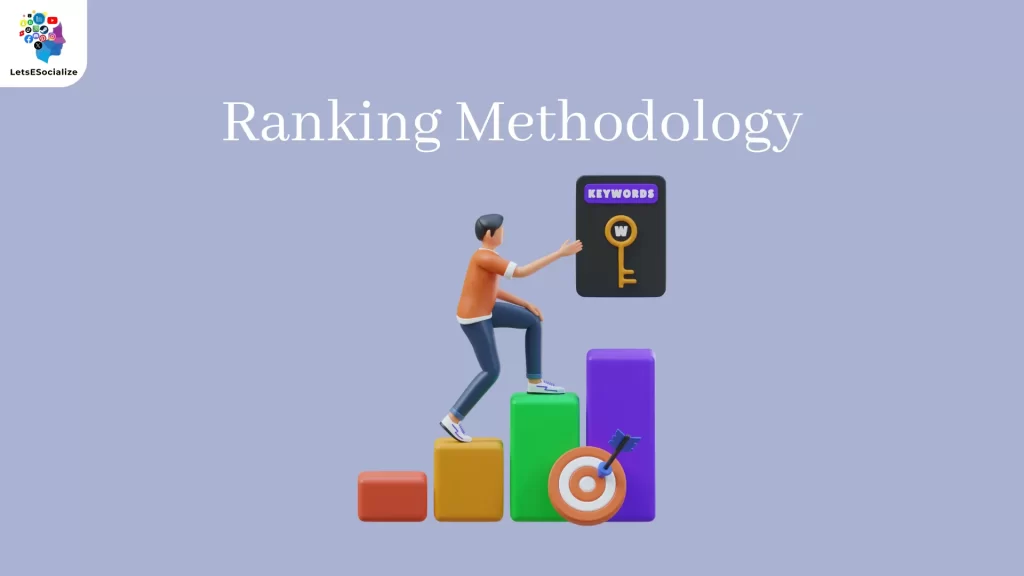
1. Profile Completeness and Optimization:
- Completing your profile with relevant information: This includes your full name, current job title and company, a professional and clear headshot, educational background, skills, and experience.
- Optimizing your profile with relevant keywords: Use the right keywords throughout your profile, including your headline, summary, experience sections, and skills. Use tools like the LinkedIn skills and courses directory for guidance and ensure keywords align with your career aspirations.
2. Activity and Engagement:
- Sharing valuable content: Regularly share high-quality content like articles, posts, and updates that are relevant to your industry and target audience.
- Engaging with others: Like, comment, and share content from others in your network and industry. Participating in discussions and adding meaningful insights demonstrate your expertise and build connections.
3. Network Connections:
- Number of connections: A large network of connections can positively impact your ranking, but the quality of your connections matters more than quantity.
- Relevance of connections: Having connections with individuals in your industry or relevant fields can strengthen your profile and increase your visibility to potential opportunities.
4. Search Engine Optimization (SEO):
- Optimizing your profile title and URL: Include relevant keywords in your profile title and URL to improve discoverability in search engines and within LinkedIn itself.
5. User Behavior:
- Click-through rate (CTR): The number of times people who see your profile actually click on it to view your full profile.
- Time spent on profile: The amount of time users spend exploring your profile indicates potential relevance and can positively impact your ranking.
Additional Factors:
- Premium membership: While not explicitly stated, some reports suggest that premium members might receive a slight ranking boost, especially for specific features like appearing in the “People You May Know” sections.
- Timeliness: Recent activity and engagement are likely more relevant and visible than older, inactive profiles.
Remember: There is no single “magic formula” for ranking high on LinkedIn. By focusing on building a comprehensive and optimized profile, regularly engaging with content and connections, and staying active within your network, you can increase your visibility and reach your target audience effectively.
Also Read – Has Twitter (now X) Become more right-wing?
Also Read – The Complete Guide to Google My Business and Customer Photos
Top Schools in the Rankings
LinkedIn doesn’t have a single, official “Top Schools” ranking. However, it does offer several resources and insights that can help you understand the reputation and career potential associated with different educational institutions. Here are some ways to learn about top schools on LinkedIn:

1. LinkedIn Alumni Tool:
- This tool allows you to see the career paths and current positions of alumni from different universities.
- You can use it to compare schools based on the success of their graduates in specific industries or roles that interest you.
- To access the Alumni tool, search for a university on LinkedIn and click on the “Alumni” tab.
2. Company Pages:
- Look at the company pages of organizations you’re interested in working for.
- See which universities are most frequently represented among the employees listed.
- This might give you an indication of the schools that these companies highly value.
3. Job Postings:
- Analyze job postings for your desired careers.
- See which universities are frequently mentioned as preferred educational backgrounds for the positions.
- This can help you understand the specific schools that employers are actively seeking graduates from.
4. LinkedIn Learning:
- Explore the instructors for relevant courses on LinkedIn Learning.
- See which universities those instructors are affiliated with.
- This can reveal institutions whose faculty are actively engaged in industry-relevant knowledge sharing.
5. Networking:
- Connect with alumni from various universities on LinkedIn.
- Engage in conversations and ask them about their experiences and career paths.
- This can provide valuable insights into the real-world impact of attending different schools.
6. Industry Reports and Rankings:
- While not directly affiliated with LinkedIn, many industry publications and organizations publish annual rankings of universities based on specific criteria like graduate employability, research output, or faculty expertise.
- You can combine these insights with the information gathered from LinkedIn to form a more comprehensive understanding of top schools in specific fields.
Remember:
- Rankings are just one factor to consider when choosing a university.
- You should also consider your interests, learning style, financial aid options, campus culture, and location when making your decision.
- Use the information and resources available on LinkedIn as part of your comprehensive research process to identify the universities that best align with your career goals and aspirations.
Key Factors for Career Success
LinkedIn, as a professional networking platform, offers valuable insights into the key factors that contribute to career success. Here are some of the most important aspects highlighted on the platform:

1. Building a Strong Profile:
- Completeness and Optimization: A well-rounded profile showcasing your skills, experience, and achievements through detailed descriptions, relevant keywords, and high-quality visuals is crucial for attracting attention and opportunities.
- Professionalism and Branding: Maintain a professional tone and use language that reflects your industry expertise. Present a clear and consistent brand identity throughout your profile.
2. Engaging with Your Network:
- Connecting with Relevant Individuals: Actively expand your network by connecting with people in your field, including potential employers, colleagues, and industry leaders.
- Engaging with Content: Share valuable industry insights, participate in discussions, and contribute meaningfully to conversations. By showcasing your knowledge and expertise, you position yourself as a thought leader and increase your visibility.
3. Continuous Learning and Development:
- Demonstrate Ongoing Learning: Highlight any relevant courses, certifications, or training you have completed. Showcase your commitment to continuous learning and staying current in your field.
- Sharing Your Knowledge: Share educational content, articles, or insights you’ve gained through learning experiences. This demonstrates your expertise and allows you to contribute to the community.
4. Building Your Brand and Reputation:
- Sharing Relevant Content: Regularly post content related to your industry and career goals. Share insights, articles, or updates that demonstrate your expertise and add value to the platform.
- Engagement and Relationships: Participate in discussions, collaborate with others, and build genuine connections. This helps establish your brand and reputation within your professional network.
5. Actively Seeking Opportunities:
- Utilizing Job Search Tools: Leverage LinkedIn’s job search features to find openings relevant to your skills and career aspirations.
- Networking for Opportunities: Utilize your network to connect with potential employers, colleagues, or individuals who can provide career guidance or recommendations.
Additional Factors:
- Developing Strong Communication Skills: Being able to articulate your thoughts, ideas, and experiences effectively is crucial for success in any career.
- Building Soft Skills: Developing essential soft skills like teamwork, problem-solving, and time management are highly valued by employers across industries.
- Adaptability and Resilience: The ability to adapt to changes and overcome challenges is crucial in today’s dynamic job market.
By focusing on these key factors and leveraging the resources and connections available on LinkedIn, you can cultivate a strong online presence, build valuable connections, and enhance your journey toward career success. Remember, continuous development, active engagement, and a commitment to building your professional brand are vital ingredients for thriving in today’s competitive landscape.
Student and Expert Reactions
Here are some potential reactions from students and experts on LinkedIn regarding various topics:

1. Top Schools Ranking:
Students:
- Interest: They might be interested in exploring the Alumni tool and company pages to see which universities are most represented in their desired careers.
- Skepticism: Some students might question the validity of rankings based solely on external factors and advocate for considering personal fit and learning styles alongside ranking data.
- Debate: Some might even start discussions or share articles challenging the traditional methods of ranking universities and advocating for more holistic criteria.
Experts:
- Discussion: They might discuss the limitations of using a single ranking system and advocate for considering additional factors like faculty quality, research output, and student support services.
- Alternative Insights: Some experts might share alternative ranking systems or reports focusing on specific areas like employability or research impact within specific fields.
- Industry-Specific Ranking: Some industry experts might share insights and rankings specifically relevant to their fields, highlighting the importance of tailoring school selection based on individual career goals.
2. Key Factors for Career Success:
Students:
- Appreciation: They might appreciate the platform providing insights and resources for building a strong profile, engaging with the network, and demonstrating ongoing learning.
- Motivation: Some might feel inspired to actively seek opportunities, share relevant content, and connect with professionals in their field.
- Discussion: Students might start conversations or share articles discussing the evolving definition of career success and the importance of finding a fulfilling path that aligns with their values.
Experts:
- Agreement: Many experts might agree with the highlighted factors and share additional tips or strategies for building a strong online presence and developing valuable skills.
- Emphasis on Specific Skills: Some experts might emphasize the importance of specific skills relevant to their industries, encouraging students to focus on developing those skills in addition to general career advice.
- Networking Advice: Some experts might share their own experiences and emphasize the importance of in-person networking alongside online connections.
3. Customer Photos on GMB:
Students:
- Curiosity: They might be curious about the concept of “Customer Photos” on GMB and how businesses utilize them.
- Sharing Experiences: Some students might share their own experiences of seeing customer photos on GMB listings and how it impacted their perception of a business.
- Privacy Concerns: Some students might raise concerns about privacy and how businesses should obtain and use customer photos ethically.
Experts:
- Discussion: They might discuss the potential benefits and challenges of customer photos on GMB, highlighting the importance of managing them effectively.
- Strategies for Encouragement: Some experts might share proven strategies for encouraging positive customer photos and responding to them appropriately.
- Ethical Considerations: Some experts might focus on the ethical aspects of using customer photos and emphasize obtaining consent and respecting privacy.
Remember, these are just some potential reactions, and the actual responses will vary depending on individual perspectives and experiences. However, this gives you a general idea of how students and experts might engage with various topics on LinkedIn.
Critiques and Limitations
LinkedIn, as a valuable platform for professional networking and career development, also faces some critiques and limitations that users should be aware of. Here are some of the key points:

Critiques:
- Spam and Unsolicited Messages:
- Users often report receiving irrelevant or promotional messages, diluting the platform’s value and user experience.
- Focus on Recruitment:
- Some users perceive LinkedIn as overly focused on recruitment and job searching, potentially neglecting aspects like building professional relationships and knowledge sharing.
- Limited Personalization:
- The platform’s algorithms and curation can be criticized for lacking customization, potentially presenting irrelevant content and connections to users.
- Echo Chambers and Confirmation Bias:
- The platform’s design can perpetuate echo chambers, where users primarily see content and connect with individuals who reinforce their existing views.
- Overemphasis on Superficial Aspects:
- There’s a potential focus on showcasing professional achievements and building a polished online image, potentially neglecting genuine connections and deeper discussions.
Limitations:
- Cost of Premium Features:
- Access to certain advanced features, like advanced search filters and deeper insights, is limited to paying users, potentially hindering equal access to opportunities.
- Privacy Concerns:
- Users may have concerns about data privacy and how their information is used by LinkedIn and third parties.
- Potential for Misrepresentation:
- The online nature allows for potential misrepresentation of skills and experiences, making it crucial to conduct thorough research and verification.
- Limited Geographic Reach:
- While global, LinkedIn’s effectiveness may vary depending on your location and target industry, potentially limiting its reach and impact for users in specific regions or fields.
- Algorithmic Bias:
- Concerns exist about potential bias in the platform’s algorithms, unfairly impacting certain profiles or hindering visibility for diverse users.
It’s important to remember that these are potential drawbacks and limitations, and user experiences may vary. However, being aware of these critiques and limitations allows you to approach LinkedIn with a critical perspective and utilize it effectively while being mindful of its inherent challenges.
Also Read – The Complete Guide to Google My Business and Reservations: Boosting Your Business Online
Also Read – Getting Insider Tips from Google My Business Product Experts
Takeaways and Conclusions
LinkedIn offers a valuable platform for professional networking, career development, and knowledge sharing. With its extensive features and connections, it allows individuals to:
- Build a strong online professional presence: Create a comprehensive profile showcasing skills, experience, and achievements to attract potential employers and opportunities.
- Expand their network: Connect with professionals and industry leaders, fostering valuable relationships and gaining insights from diverse perspectives.
- Stay updated in their field: Access industry news, share meaningful content, and engage in discussions to stay informed about current trends and developments.
- Discover potential career opportunities: Utilize job search tools, connect with companies directly, and explore career paths aligned with their aspirations.
However, users should be aware of potential limitations and critiques:
- Spam and irrelevant content: Filtering and managing content consumption is essential to avoid distractions from valuable information.
- Limited personalization: Actively seeking out relevant content and connections is crucial to overcome potential limitations in the platform’s algorithms.
- Focus on recruitment: Balancing career exploration and knowledge sharing with recruitment activities can optimize the platform’s benefits.
- Data privacy concerns: Being cautious and mindful of information sharing is crucial to ensure data privacy.
- Potential for misrepresentation: Verifying information and conducting thorough research is essential when evaluating opportunities or making connections.
Overall, LinkedIn can be a powerful tool for professional development and career advancement. By understanding its potential and limitations, individuals can leverage its features strategically to build a strong online presence, connect with valuable individuals, and stay ahead of the curve in their professional journeys.
Additional Takeaways:
- Continuous learning and skill development are crucial for career success.
- Building a strong personal brand and reputation through genuine interactions is vital.
- Networking and relationship building paves the way for opportunities and growth.
- Adaptability and resilience are essential in the ever-evolving professional landscape.
Remember, your activity and approach determine your experience on LinkedIn. By actively engaging with the platform, utilizing its features strategically, and being mindful of its limitations, you can unlock its full potential and make it a valuable asset in your professional journey.



